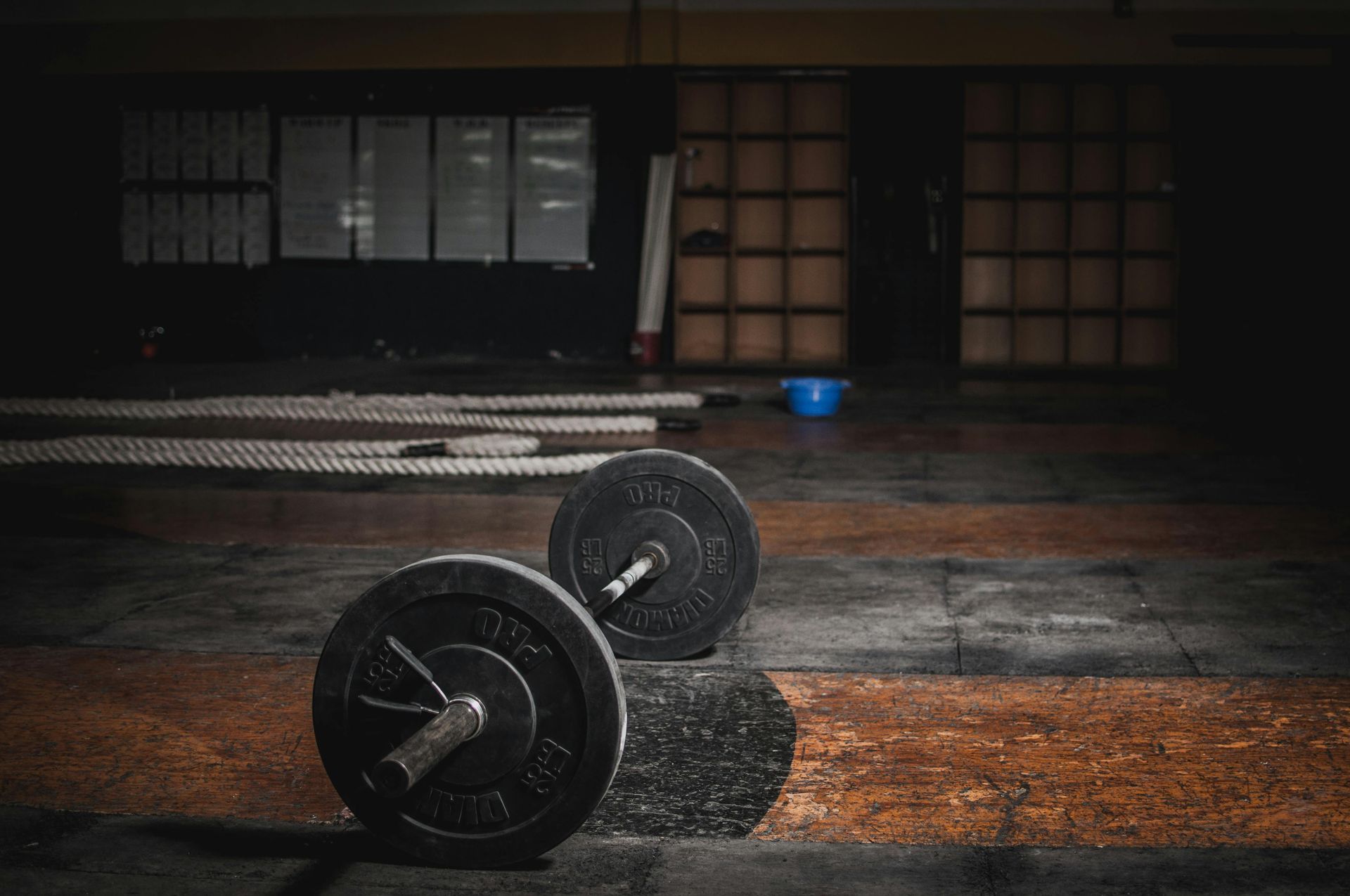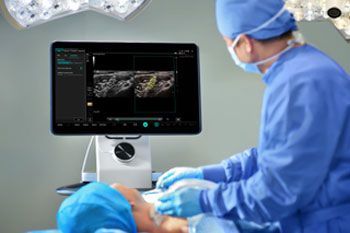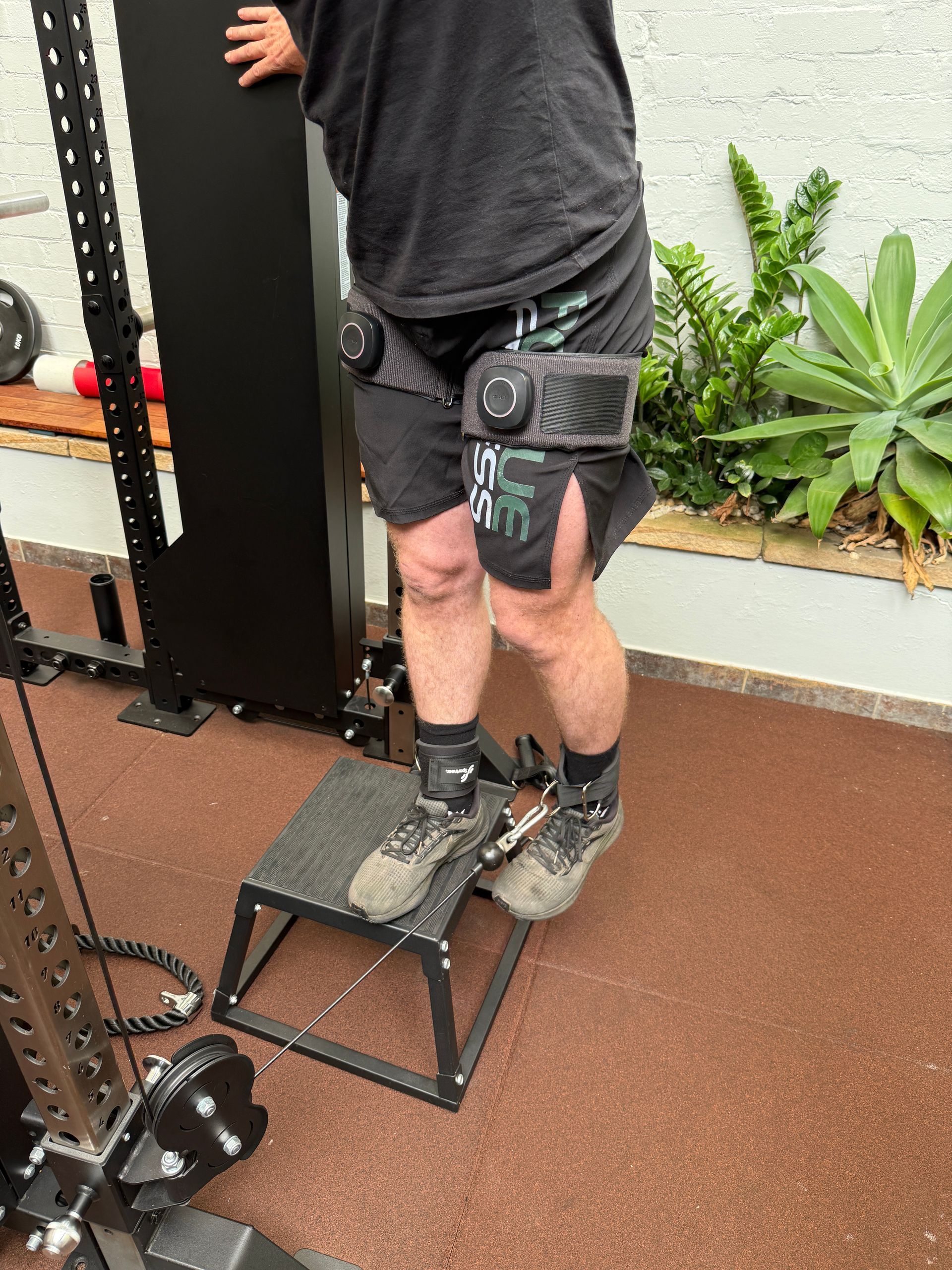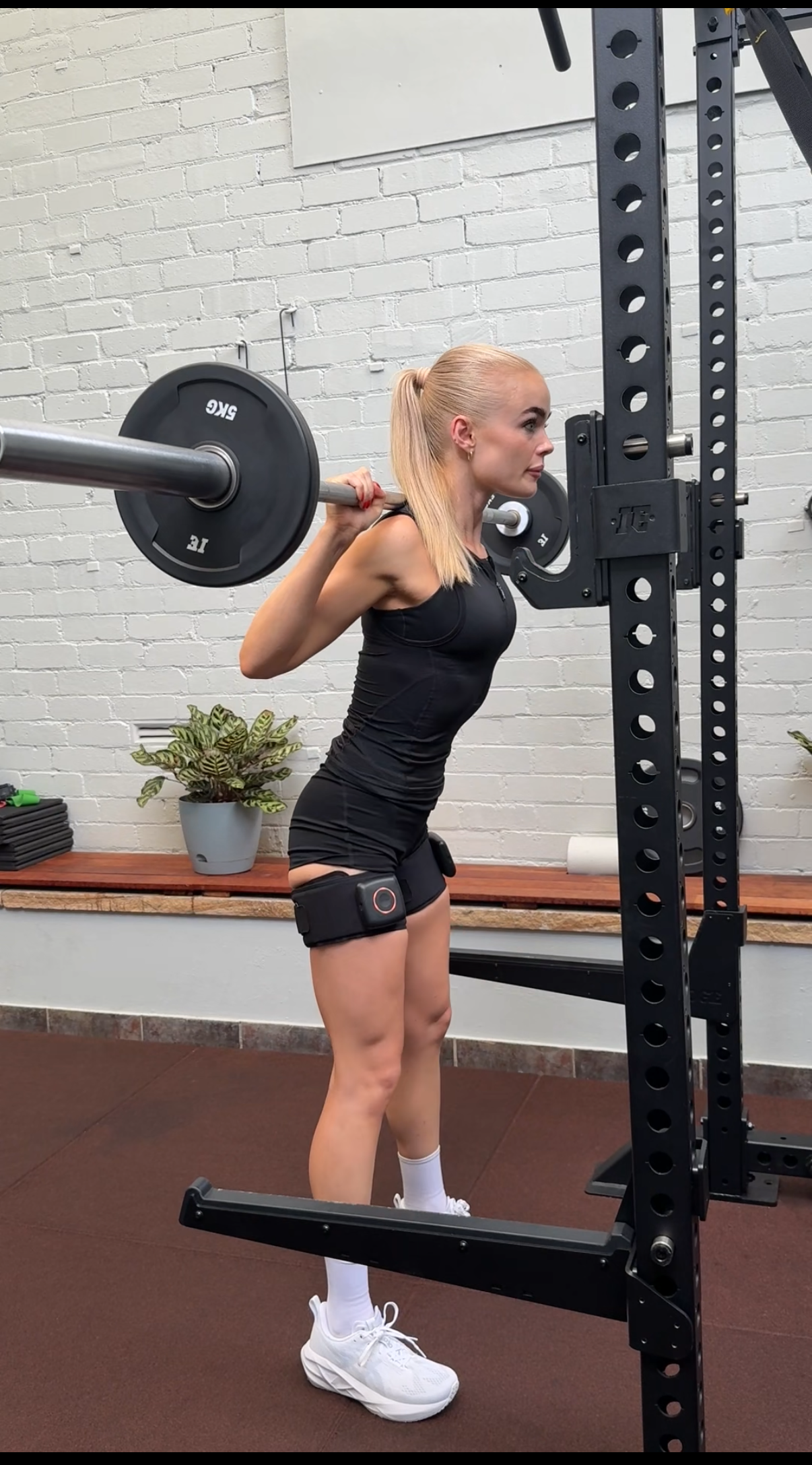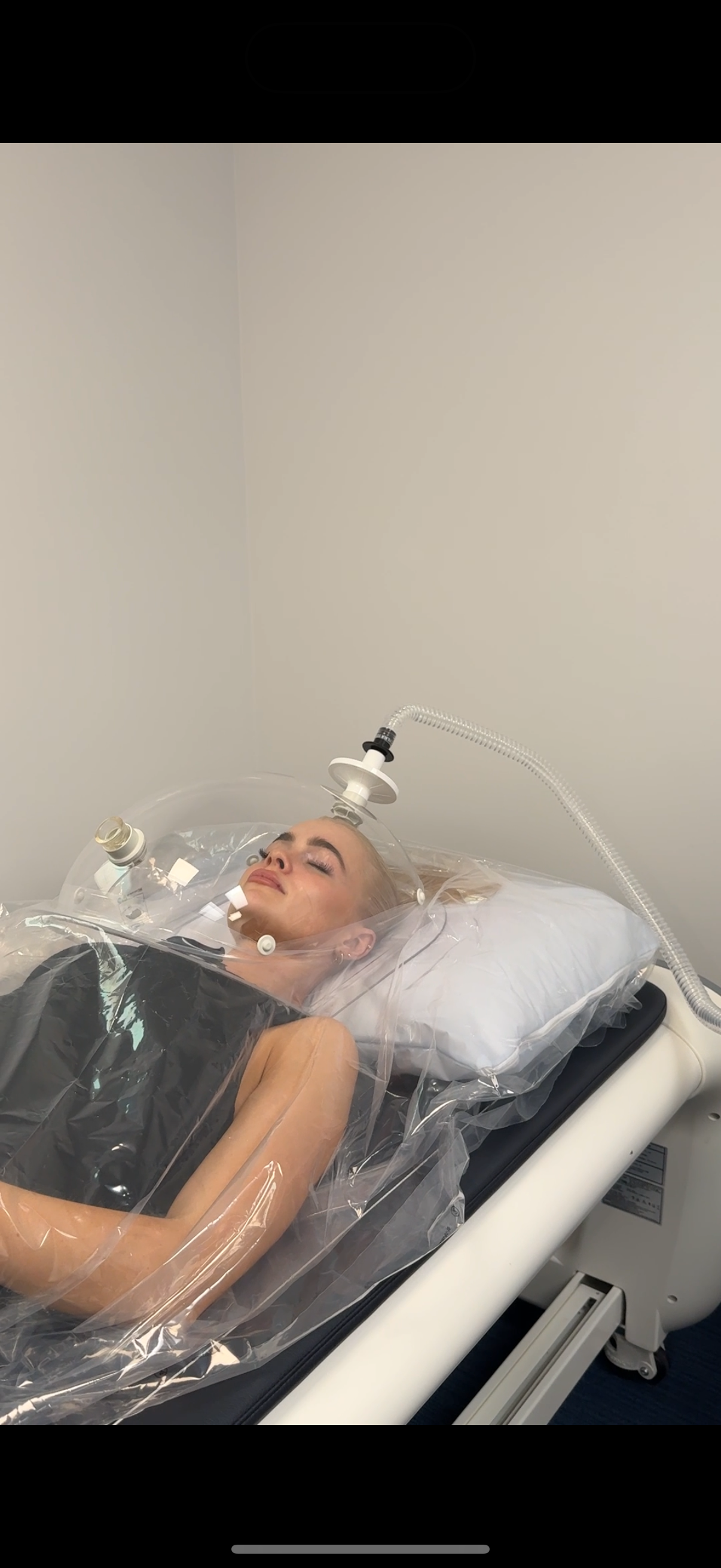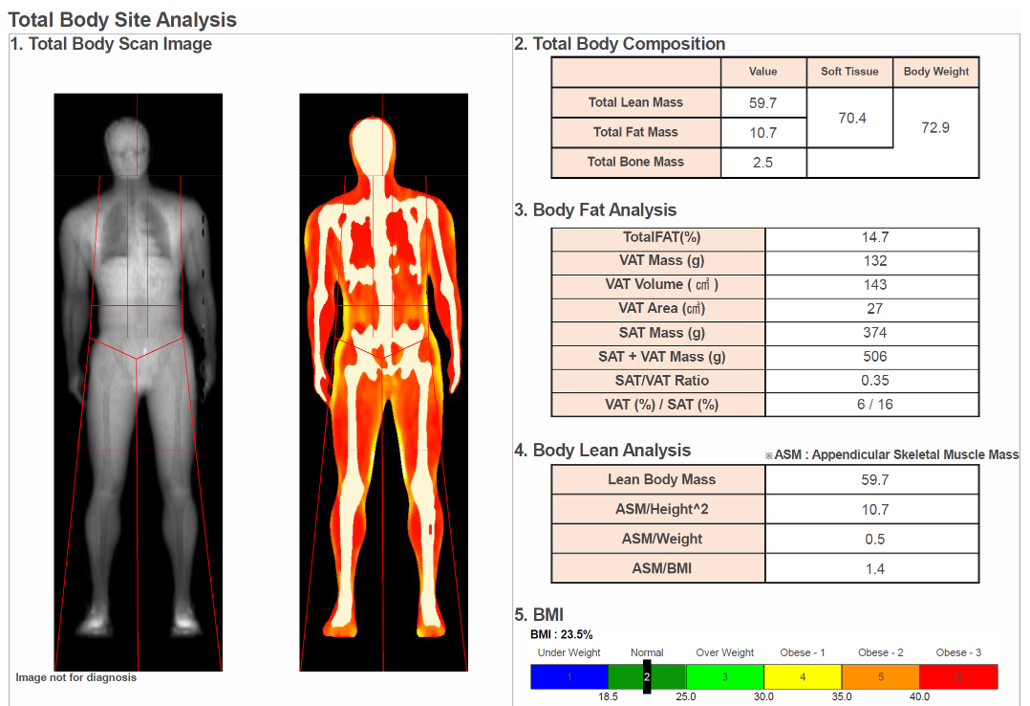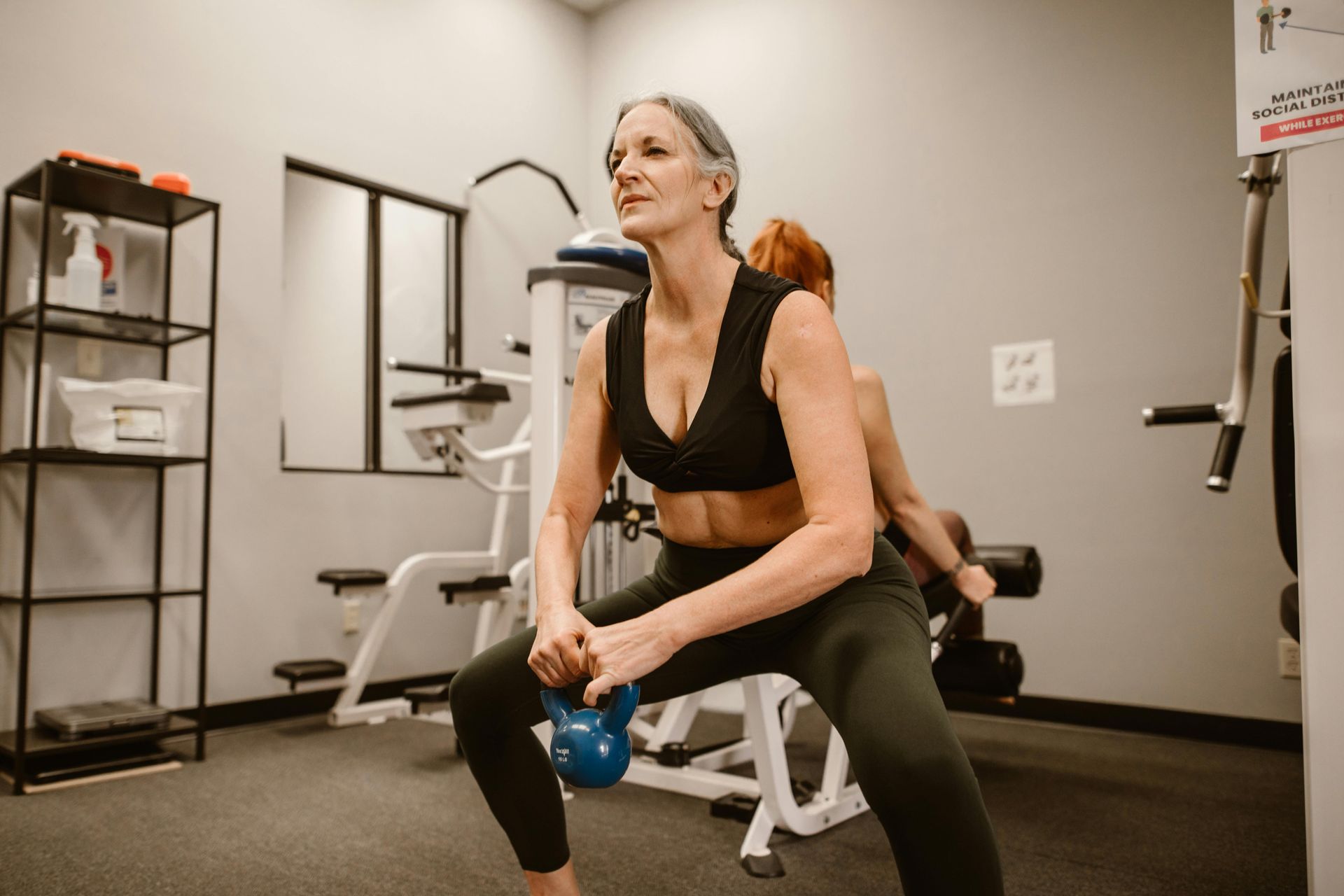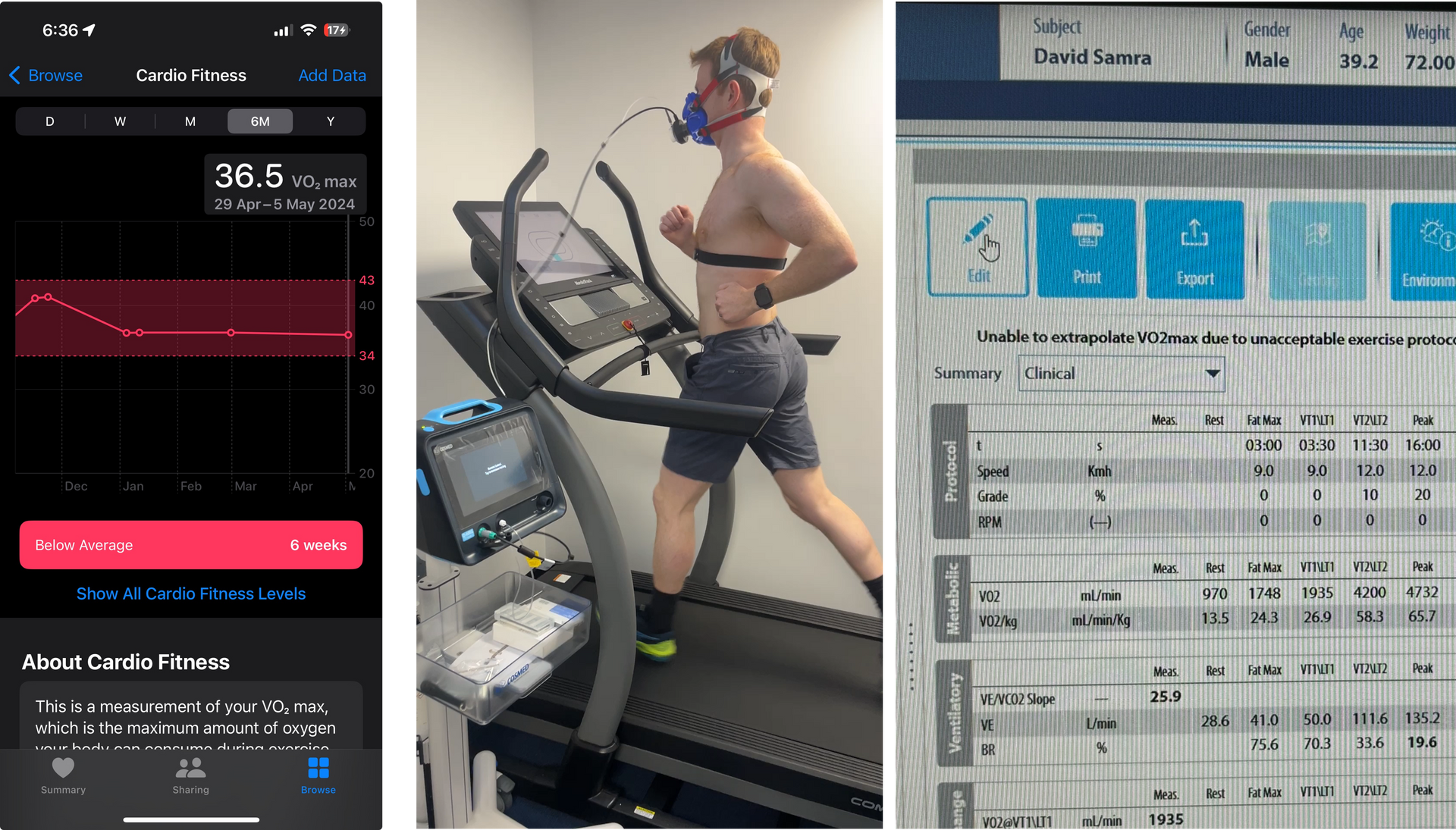VO2 Max Testing: Train Smarter, Improve Performance & Track Real Fitness Progress
VO2 Max Testing
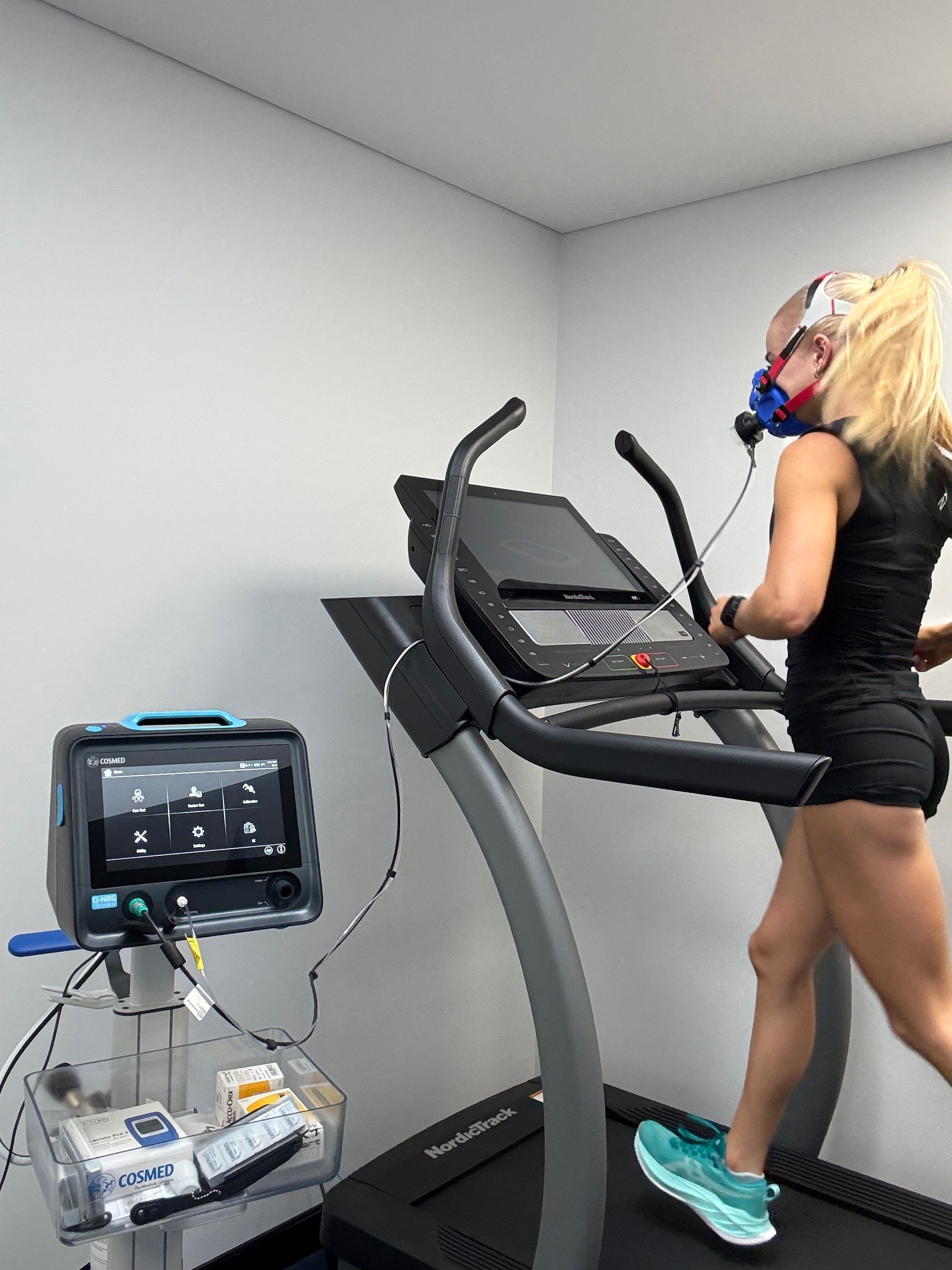
Are you training hard but not seeing the results you expected?
Whether you're gearing up for your first endurance event, trying to build aerobic capacity, or simply want to improve your general fitness — VO₂ Max testing is your next step. It gives you real data to train with clarity and purpose.
At Progressive Sports Medicine, we use lab-grade VO₂ Max testing with the Cosmed Quark NRG MAX to measure how efficiently your body uses oxygen during exercise. This isn’t guesswork — it’s real-time insight into your cardiovascular fitness, training zones, and metabolic performance.
What Is VO₂ Max Testing?
VO₂ Max (volume of oxygen maximum) is the maximum amount of oxygen your body can use during intense exercise. It reflects how well your lungs, heart, blood, and muscles work together — making it one of the most powerful indicators of aerobic fitness.
During the test (usually performed on a treadmill or cycle), we measure:
- Your VO₂ Max score (ml/kg/min)
- Ventilatory thresholds (VT1 and VT2)
- Heart rate training zones (Z1–Z5)
- Fat vs carbohydrate usage at different intensities
This data is a game-changer for performance, fat loss, endurance, and recovery strategies.
Why VO₂ Max Testing Matters
Most people use generic heart rate formulas. These are often inaccurate and lead to overtraining, undertraining, or hitting plateaus.
A VO₂ Max test provides your personalised training zones:
- Aerobic Zone (fat-burning and endurance)
- Threshold Zone (lactate control and stamina)
- High-Intensity Zone (max output and conditioning)
This means you can train smarter, not just harder.
Real-Life Results
Case Study 1: Ben – Amateur Runner Ben, 36, couldn’t improve his 10k time despite consistent effort.
His test results:
- VO₂ Max = 41 ml/kg/min (moderate)
- Threshold HR = 165 bpm (he’d been training at 180+ bpm)
- Switched to carbs too early in sessions
Result: We shifted his training to focus on the aerobic zone (135–155 bpm).
Outcome: More energy, improved pacing, and a new PB within 8 weeks.
Who Should Do VO₂ Max Testing?
- Runners, cyclists, and triathletes
- Rehab clients returning to fitness
- Anyone who wants a true measure of cardiovascular health
Even if you’re not competing, it’s a great baseline metric to track long-term fitness progress — especially if you’re using a heart rate monitor or smartwatch.
What You’ll Walk Away With:
- Your exact VO₂ Max score
- Custom heart rate training zones
- Your ventilatory thresholds (VT1 & VT2)
- Insight into fat vs carbohydrate usage
- Expert recommendations for smarter training
You’ll receive a full, easy-to-understand report — plus expert guidance from a performance and rehab-focused Exercise Physiologist.
Build a Smarter Training Plan with Science
Imagine knowing
exactly how hard to push — and when to back off.
Imagine
tracking your improvement with real data — not just vibes.
That’s the power of VO₂ Max testing.
At Progressive Sports Medicine, we help you go beyond generic fitness plans. Whether you're chasing a PB, rebuilding after injury, or just want to optimise your workouts — this is how you get there faster and safer.
